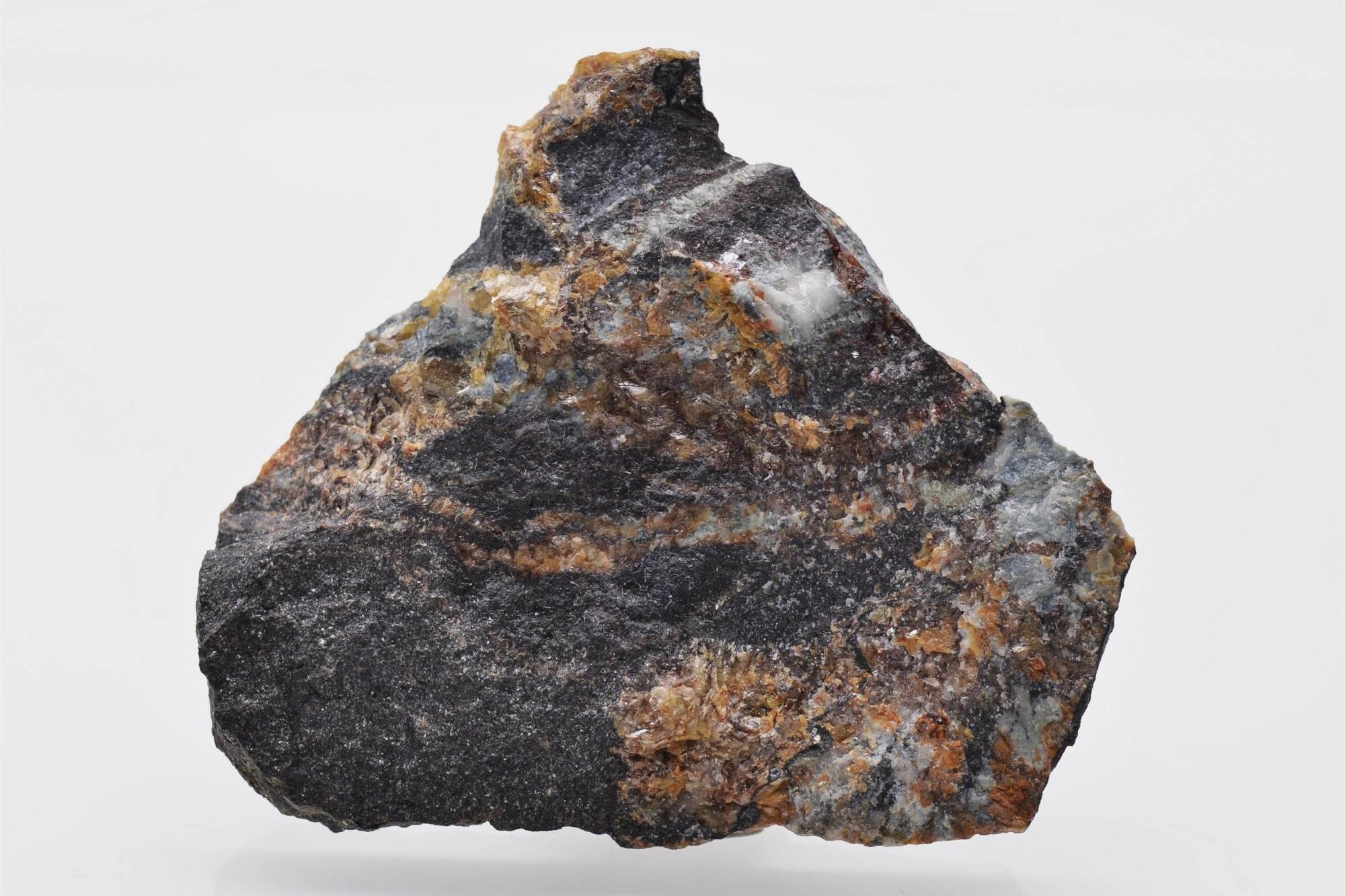
Lulzacite is a rare and intriguing mineral that has piqued the curiosity of many geology enthusiasts. Found primarily in France, this mineral boasts a unique combination of elements that make it stand out. What makes Lulzacite special? Its striking appearance, often showcasing a mix of green and brown hues, is just one aspect. This mineral is composed of iron, magnesium, and phosphorus, giving it a distinct chemical structure. Why should you care about Lulzacite? Understanding its properties can provide insights into geological processes and the Earth's history. Whether you're a seasoned geologist or just starting to explore the world of minerals, Lulzacite offers a fascinating glimpse into the natural world.
Key Takeaways:
- Lulzacite is a rare and fascinating mineral with a distinctive greenish-yellow to brownish color, making it a prized specimen for mineral collectors and a subject of interest for geologists and mineralogists.
- Its unique chemical composition and structure, along with its formation in specific geological settings, make Lulzacite a valuable indicator of phosphate mineralization and a valuable resource for scientific research on phosphate minerals and their formation processes.
What is Lulzacite?
Lulzacite is a rare mineral that has captured the interest of geologists and mineral enthusiasts alike. Its unique properties and limited occurrence make it a fascinating subject of study. Here are some intriguing facts about this mineral.
- Lulzacite is a phosphate mineral, specifically a strontium iron magnesium phosphate.
- It was first discovered in 1980 in the Lulzac mine in France, which is how it got its name.
- The mineral typically forms in fibrous or prismatic crystals, often appearing in radiating clusters.
- Lulzacite is known for its distinctive greenish-yellow to brownish color.
- It has a Mohs hardness of 5, making it relatively soft compared to other minerals.
- The mineral has a specific gravity of 3.6, which is considered average for minerals.
- Lulzacite is often found in association with other phosphate minerals like apatite and wavellite.
- It is a member of the monoclinic crystal system, which means its crystals have three unequal axes with one oblique intersection.
- The mineral is transparent to translucent, allowing light to pass through it to varying degrees.
- Lulzacite has a vitreous to silky luster, giving it a shiny appearance.
- It is not a common mineral and is primarily found in a few locations worldwide, including France and the United States.
Chemical Composition and Structure
Understanding the chemical makeup and structure of Lulzacite can provide insights into its formation and properties. Here are some key facts about its composition and structure.
- Lulzacite's chemical formula is Sr2Fe2+Fe3+(PO4)3(OH), indicating the presence of strontium, iron, phosphate, and hydroxide ions.
- The mineral's structure is characterized by chains of FeO6 octahedra linked by PO4 tetrahedra.
- Strontium ions in Lulzacite occupy specific sites within the crystal lattice, contributing to its stability.
- The presence of both Fe2+ and Fe3+ ions gives Lulzacite its unique coloration and magnetic properties.
- Lulzacite's crystal structure allows for the formation of fibrous and prismatic crystals, which are often elongated and needle-like.
Geological Occurrence
Lulzacite's rarity and specific geological conditions required for its formation make it a mineral of interest to geologists. Here are some facts about where and how it forms.
- Lulzacite is typically found in phosphate-rich environments, often in sedimentary rock formations.
- The mineral forms through hydrothermal processes, where hot, mineral-rich water interacts with surrounding rocks.
- It is often associated with other secondary phosphate minerals, indicating a complex geological history.
- Lulzacite has been found in pegmatites, which are coarse-grained igneous rocks that form during the final stages of magma crystallization.
- The mineral's occurrence in specific geological settings makes it a useful indicator of phosphate mineralization.
Uses and Applications
While Lulzacite is not widely used in industrial applications, it has some niche uses and is highly valued by collectors. Here are some facts about its uses.
- Lulzacite is primarily collected for its rarity and unique crystal formations, making it a prized specimen for mineral collectors.
- The mineral's distinctive color and luster make it an attractive addition to mineral collections and displays.
- Lulzacite has limited use in scientific research, particularly in studies of phosphate minerals and their formation processes.
- Due to its rarity, Lulzacite is not commonly used in jewelry or decorative items, but its unique properties make it a subject of interest for mineralogists and geologists.
The Fascinating World of Lulzacite
Lulzacite, a rare phosphate mineral, captivates with its unique properties and stunning appearance. Found primarily in France, it boasts a striking blue-green hue that makes it a favorite among collectors. Its crystal structure, a complex arrangement of calcium, iron, and phosphate, contributes to its rarity and allure.
This mineral isn't just eye candy. Lulzacite's formation process, involving high-pressure and high-temperature conditions, tells a story of geological marvels. Its discovery has provided valuable insights into Earth's dynamic processes.
Collectors and geologists alike treasure lulzacite for its beauty and scientific significance. Whether you're a seasoned mineralogist or a curious newbie, exploring lulzacite offers a glimpse into the intricate and fascinating world of minerals. So next time you come across this gem, remember the wonders it holds beneath its surface.
Frequently Asked Questions
Was this page helpful?
Our commitment to delivering trustworthy and engaging content is at the heart of what we do. Each fact on our site is contributed by real users like you, bringing a wealth of diverse insights and information. To ensure the highest standards of accuracy and reliability, our dedicated editors meticulously review each submission. This process guarantees that the facts we share are not only fascinating but also credible. Trust in our commitment to quality and authenticity as you explore and learn with us.
